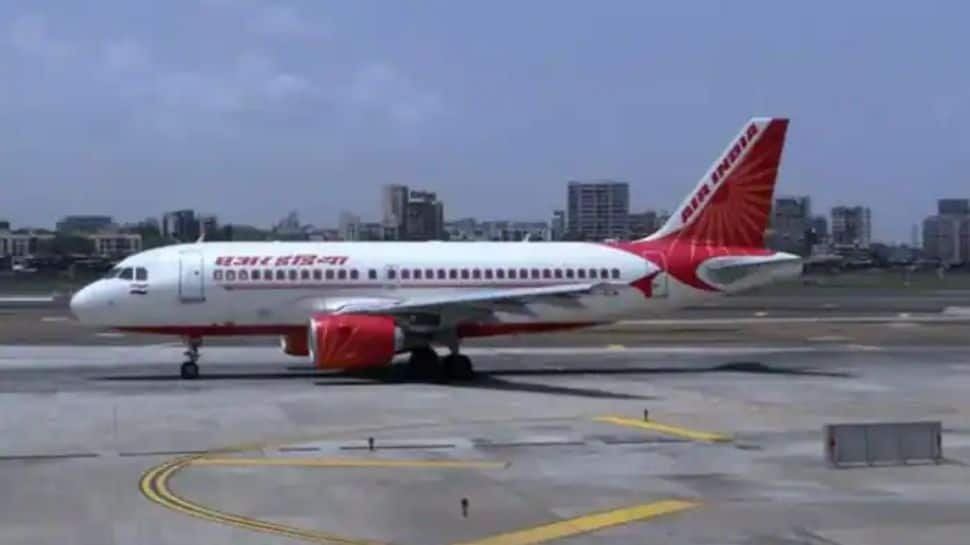New Delhi: It’s no secret that Tata Sons is now finally acquiring the debt-laden Air India, which was once a crown jewel of the Indian government. But how did Air India ended up in a pile of debt after ruling the skies for decades in the second of the 20th Century like a true Maharaja?
For those uninitiated, most of the credit for dethroning Air India goes to Congress-led UPA. However, Before we dive deeper into what went wrong, it’s important to know that Air India continuously gave decent profits to the government. For instance, the carrier’s profit in 1991-92 stood at Rs 333 crore, with a loan from ITC.
However, with the entry of low-cost private carriers, the market share of Air India and other state-owned domestic carriers such as Indian Airlines declined. The impact of rising competition was clearly visible as Indian Airlines slipped from the first to the fourth position.
To give private carriers a run for their money, the UPA-led government decided to merge the state-run domestic and international airlines — Air India and Indian Airlines into one entity - National Aviation Company of India Ltd (NACIL) - in 2006. NACIL was later renamed Air India in 2007. The merger was finally completed four years.
The idea behind the merger was to efficiently leverage combined assets and capital. However, it only added to the ongoing turbulence inside Air India.
For starters, the combined losses of the entities grew manifold from just Rs 770 crore in 2007 to Rs 7200 crore in 2009. The borrowings also jumped from Rs 6550 crore in 2017 to Rs 15,241 crore.
Moreover, the merged company employed more than 30,000 employees, roughly around 256 per planes -- twice than the global standard. As a result, Air India spent neary one-fifth of its revenue on the salary of employees while private players were spending about one-tenth. All the attempts to reduce costs by streamlining employee base led to repeated stirs from eleven of its twelve unions, leading to temporary halts in operations and more losses.
Also, the Civil Aviation Ministry had decided to purchase 111 new narrow and wide-body aircraft before the merger for a whopping Rs 67,000 crore. The decision proved to be a disaster in the years to come and even attracted a CBI enquiry on Supreme Court’s order.
Overall, the merger led to a total loss of more than Rs 10,000 crore. The merged Air India was facing a monthly loss of Rs 400 crore every month between October 2012 and March 2013.
With not many options left, the government decided to infuse regular cash to run the national carrier while IndiGo, Jet Airways and SpiceJet captured 70 per cent of the Indian civil aviation market.
Moreover, former civil aviation secretary M.K. Kaw, in his autobiographical account, expressed regret that the history of civil aviation in India had been a story of shameless exploitation and ruthless corruption. Also Read: DARK days ahead for India? Acute coal shortage can lead to massive power cuts - in pics
He called it ‘a fascinating saga of benami ownership of airlines, demands for bribes, destruction of rival airlines one-by-one, unwarranted purchase of aircraft, mismanagement of bureaucrats and politicians, free jaunts on inaugural flights, subsidized travel for many categories of travellers, VVIP flights, Haj flights and so on’. Also Read: Coal crisis: Power cuts imposed in Punjab as plants run at reduced capacity
#mute
















